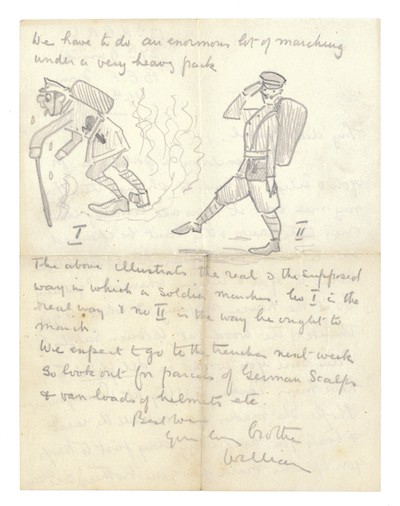
Photograph: © Franklin Watts/Wigglesworth family. Not to be used without prior permission
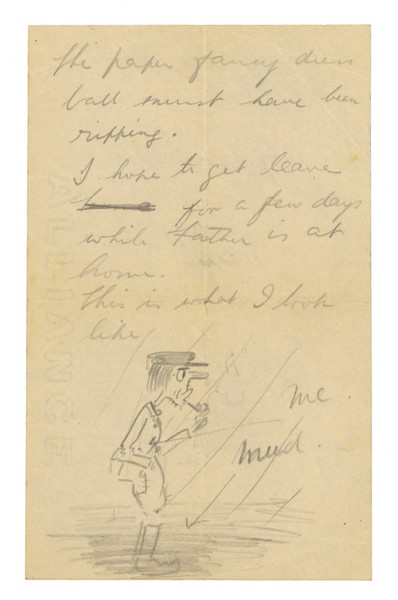
Photograph: © Franklin Watts/Wigglesworth family. Not to be used without prior permission
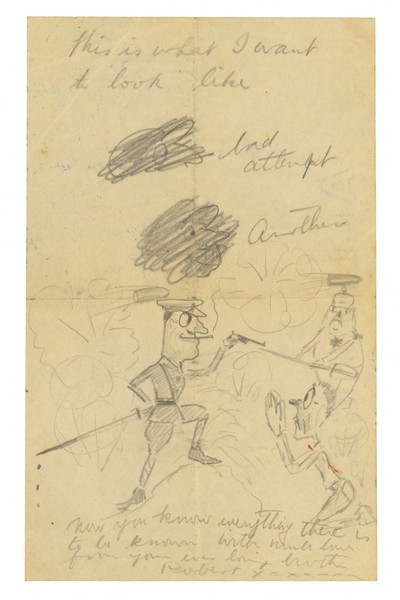
Photograph: © Franklin Watts/Wigglesworth family. Not to be used without prior permission
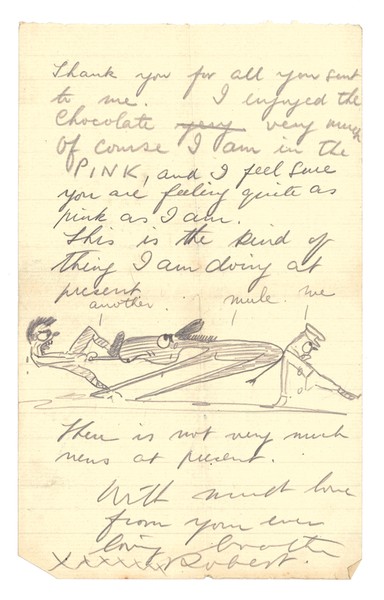
Photograph: © Franklin Watts/Wigglesworth family. Not to be used without prior permission
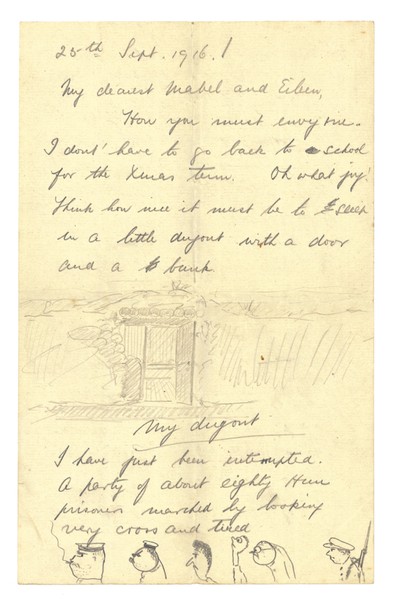
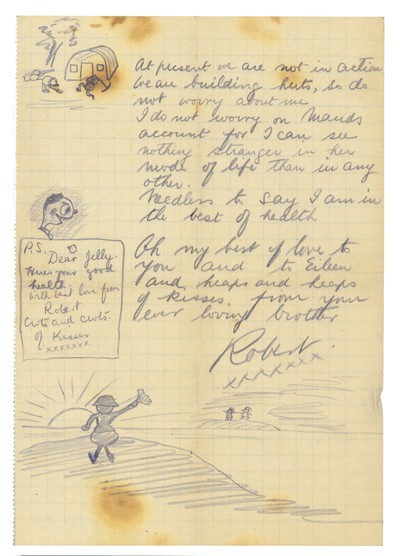
P.S. If you are wondering about the reference to Maud, the eldest sister, she has decided to become a nun.
Photograph: © Franklin Watts/Wigglesworth family. Not to be used without prior permission
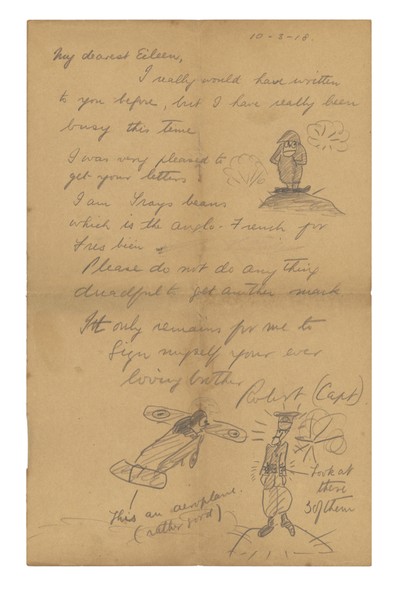
Photograph: © Franklin Watts/Wigglesworth family. Not to be used without prior permission
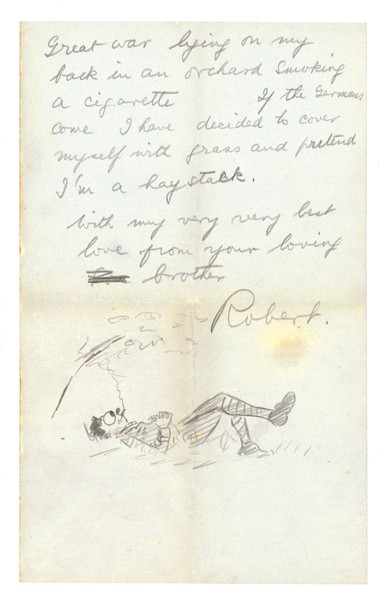
Photograph: © Franklin Watts/Wigglesworth family. Not to be used without prior permission







